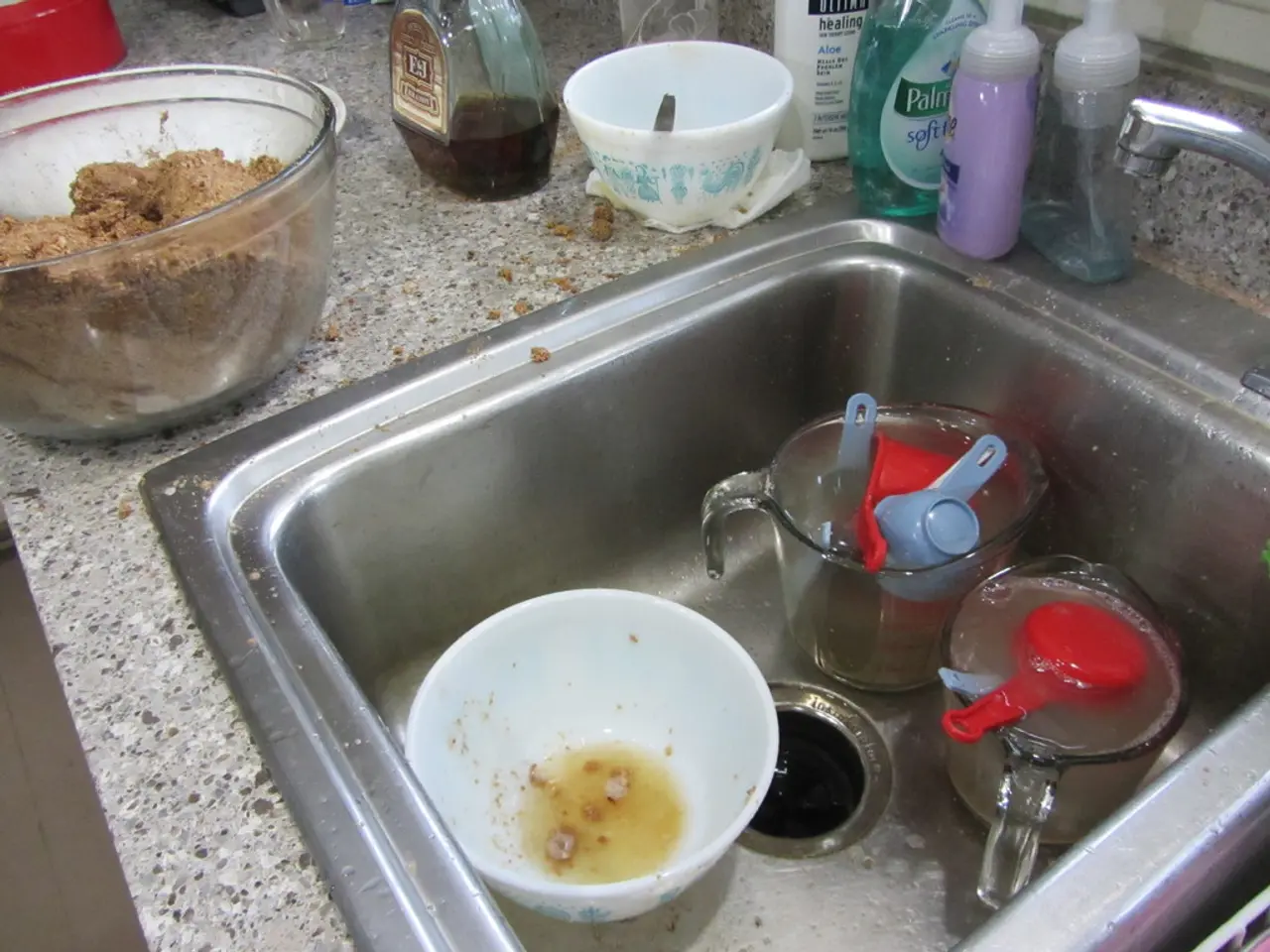Common Vision Issues and Strategies to Avoid Vision Impairment
Eye health is a vital aspect of overall well-being, and understanding common eye disorders can help in early detection and effective management. This article provides an overview of several eye disorders, their symptoms, causes, prevention methods, and treatment options.
Diabetic Retinopathy
Diabetic retinopathy is a diabetes-related eye condition that damages the retina's blood vessels. In its early stages, it often shows no symptoms, but advanced stages can lead to blurred vision, eye inflammation, and floaters. Maintaining stable blood sugar levels and regular eye exams are crucial for prevention. Treatment may involve prescription medications, laser surgeries, anti-VEGF and steroid injections, or vitrectomy.
Glaucoma
Glaucoma is a group of conditions that damage the optic nerve, often due to increased intraocular pressure. It's the most common type of glaucoma in the US. Regular eye pressure tests, use of prescription eye drops to lower pressure, and avoiding risk factors like smoking can help prevent glaucoma. Treatment options include eye drops, laser procedures, filtration surgery, drainage tubes, and minimally invasive glaucoma surgery.
Cataracts
Cataracts are characterized by clouding of the eye lens, often age-related. Symptoms include cloudy, blurry, or distorted vision. Protecting eyes from UV light (using sunglasses), maintaining a healthy diet, and quitting smoking can help prevent cataracts. Cataract surgery, where the cloudy lens is replaced by an artificial intraocular lens, is the primary treatment.
Macular Degeneration (Age-Related Macular Degeneration, AMD)
Macular degeneration affects the central vision, making everyday tasks like reading or recognizing faces difficult. It has two types: dry AMD (no proven treatment but can be slowed by lifestyle and supplements) and wet AMD (treatable). A healthy diet rich in antioxidants, avoiding smoking, and UV protection are essential for prevention. Treatment for wet AMD includes anti-VEGF injections, photodynamic therapy, and laser photocoagulation.
Presbyopia
Presbyopia is a common age-related condition that makes it difficult to focus on near objects. While it's not preventable, it can be corrected with reading glasses, multifocal lenses, or contact lenses.
Dry Eye Syndrome
Dry eye syndrome is characterized by symptoms such as burning, itching, redness, and a feeling of a foreign body. It's often caused by decreased tear production due to age, hormonal changes, or environmental factors. Prevention includes hydration, omega-3 fatty acids, and limiting screen time. Treatment involves artificial tears and prescription drops.
General Prevention Tips for Eye Health
Regular comprehensive eye exams, wearing sunglasses with UV protection, maintaining a diet rich in leafy greens, berries, fish, and vitamins A, C, and omega-3, avoiding smoking, and following basic hygiene steps are all crucial for preserving eye health.
Remember, early detection and lifestyle measures are key to managing eye disorders effectively. If you experience any symptoms of an eye disorder or disease, consult a doctor or eye specialist for an examination.
[1] American Academy of Ophthalmology. (2021). Eye Health: Common Eye Disorders. https://www.aao.org/eye-health/diseases/common-eye-disorders
[2] Mayo Clinic. (2021). Eye disorders and diseases. https://www.mayoclinic.org/diseases-conditions/eye-disorders/symptoms-causes/syc-20369386
[3] National Eye Institute. (2021). Eye Health: Eye Disorders and Diseases. https://nei.nih.gov/health/common/eye-disorders-and-diseases
[4] Cleveland Clinic. (2021). Common Eye Disorders. https://my.clevelandclinic.org/health/diseases/12099-common-eye-disorders
[5] American Optometric Association. (2021). Glaucoma. https://www.aoa.org/eye-health/diseases/glaucoma
- Macular degeneration, a condition affecting the central vision, can make everyday tasks like reading or recognizing faces difficult, and it has two types - the dry form, for which no proven treatment exists but can be slowed by lifestyle and supplements, and the wet form, which is treatable.
- Diabetic retinopathy, a diabetes-related eye condition, damages the retina's blood vessels and may lead to blurred vision, eye inflammation, and floaters. Maintaining stable blood sugar levels and regular eye exams are crucial for prevention, while treatment might involve various methods such as prescription medications, laser surgeries, anti-VEGF and steroid injections, or vitrectomy.
- Glaucoma, a group of conditions damaging the optic nerve, often due to increased intraocular pressure, can be prevented by regular eye pressure tests, use of prescription eye drops to lower pressure, and avoiding risk factors like smoking. Treatment options include eye drops, laser procedures, filtration surgery, drainage tubes, and minimally invasive glaucoma surgery.
- Cataracts, characterized by clouding of the eye lens, often age-related, cause symptoms including cloudy, blurry, or distorted vision. Protecting eyes from UV light, maintaining a healthy diet, and quitting smoking can help prevent cataracts, with cataract surgery being the primary treatment.
- Presbyopia, an age-related condition that makes it difficult to focus on near objects, is not preventable but can be corrected with reading glasses, multifocal lenses, or contact lenses.
- Dry eye syndrome, characterized by symptoms such as burning, itching, redness, and a feeling of a foreign body, is often caused by decreased tear production due to age, hormonal changes, or environmental factors. Prevention includes hydration, omega-3 fatty acids, and limiting screen time, while treatment involves artificial tears and prescription drops.
- For overall eye health, regular comprehensive eye exams, wearing sunglasses with UV protection, maintaining a diet rich in leafy greens, berries, fish, and vitamins A, C, and omega-3, avoiding smoking, and following basic hygiene steps are all crucial. Early detection and lifestyle measures are key to managing eye disorders effectively, so consult a doctor or eye specialist if experiencing any symptoms of an eye disorder or disease.




